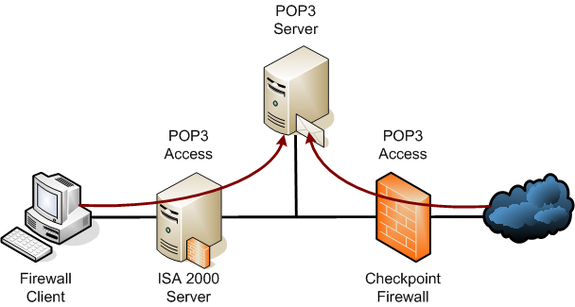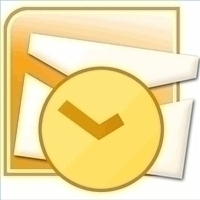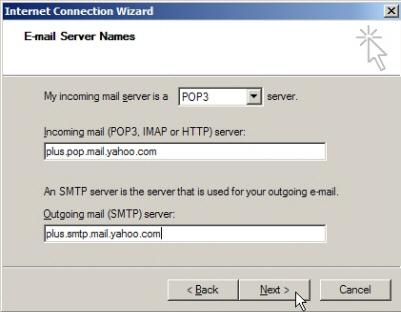POP3 is an internet-based standard for retrieval of e-mail by a user from an e-mail server. POP stands for Post Office Protocol. The "3" means it is the third revision of the standard; POP1 and POP2 were made obsolete by POP3, which has been popular for many years now.
For users, there are two primary e-mail operations: receiving and sending.
When you send mail, your server first checks to make sure you are a valid user, queues up the message to be sent, and then contacts the recipient's mail server. The recipient's server can do any number of extra verification steps, including scanning your message for viruses, checking to see if the sender is a spammer or other blacklisted entity, and then stores the e-mail for the user.
For receiving e-mail, you initiate a connection with the server, your username and password are sent, and then the server responds with your queued e-mail as a batch. The default action when you "POP" your e-mail is to delete it from the server, but some implementations allow you to configure your client to keep the e-mail on the server until you specifically delete it. If you keep too much mail on your server, however, your provider may complain, or may periodically delete aged e-mail.
Advantages and Disadvantages of POP3
Because POP3 was designed back before always-on Internet was prevalent, POP3 works fine in a mostly offline environment, checking for new messages manually or periodically according to your client's configuration. POP3 also works fine with an always-on connection, but with some caveats which become clear when compared with IMAP.
The primary competitor to POP3 is IMAP: Internet Message Access Protocol. IMAP is a more flexible, modern protocol when compared to POP3, and is designed more toward an always-on network connection to the mail server. IMAP servers retain messages on the server by default, and allow the user to organize their mail into folders. While POP3 clients allow for folder-based organization as well, separating messages into folders on the server has a definite advantage for users that may need to access their e-mail remotely.
For example, for a POP3 user who may need to use a different computer, their old e-mail does not show up if it has been deleted from the server. Or, even if the e-mail was retained on the server, every message the user wants to work with will have to be downloaded to that client, which may be tedious. IMAP has intrinsic functionality that is much more compatible with a "thin" or mobile client.




Follow Us!